
The otherworldly figures chasing evil spirits away
- Text by Michael Segalov
- Photography by Aron Klein
Aron Klein first discovered the mystical Kukeri tradition while deep in the Rhodopes Mountains in the south of Bulgaria. As one Meadows in the Mountains’ photographers, Aron had long been fascinated by the folklore and fairytales that are deep routed in this corner of the country, but it was during a visit to a local museum that the idea for his latest project started to form.
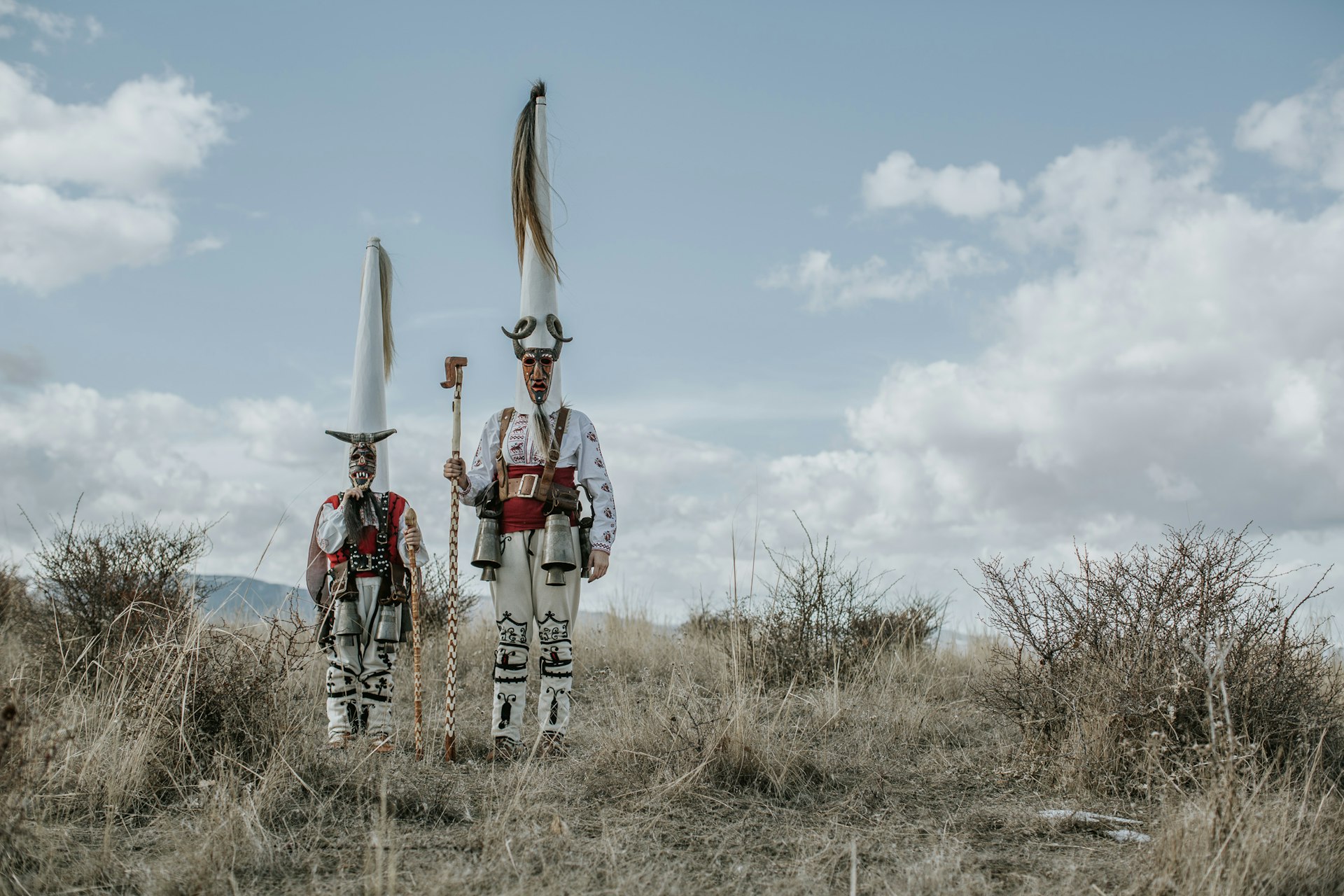
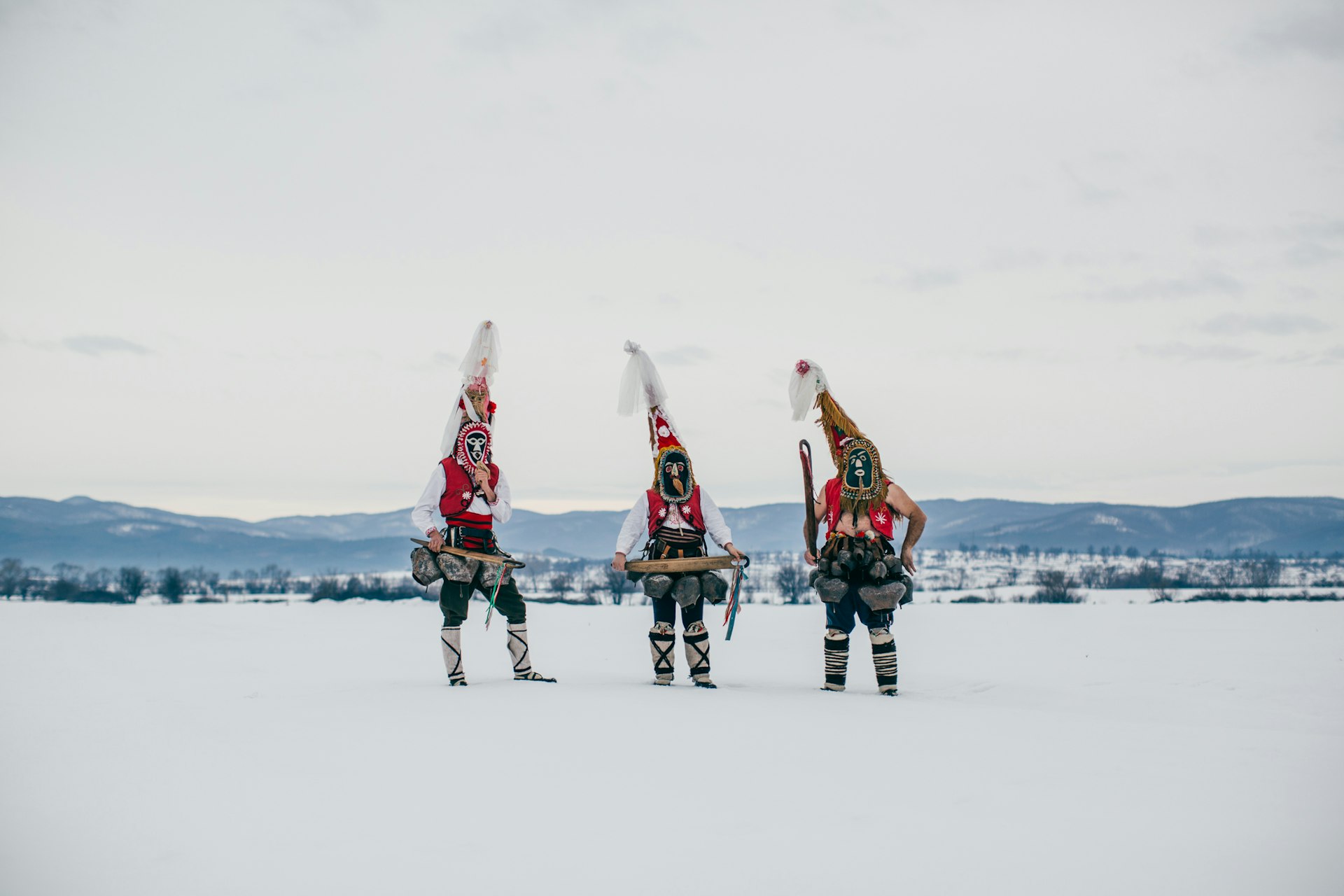
“It was inside this museum that I saw pictures of and actual furs from these costumes,” explains Aron. “They were incredible, and then I was told that these rituals are ongoing, still happening every year.”
The word Kukeri comes from the Latin word ‘Cuculla’, meaning a hood, and in Bulgaria denotes a folklore ritual. “As soon as I started to learn more about the tradition I knew I wanted to shoot the people keeping it alive and kicking,” continues Aron. “People in villages across the country dress up in elaborate suits of fur and ribbons, feathers and beads. They wear carved wooden masks with the faces of beasts and birds, as they dance and jump in arcane rituals intended to dispel the evil spirits.”

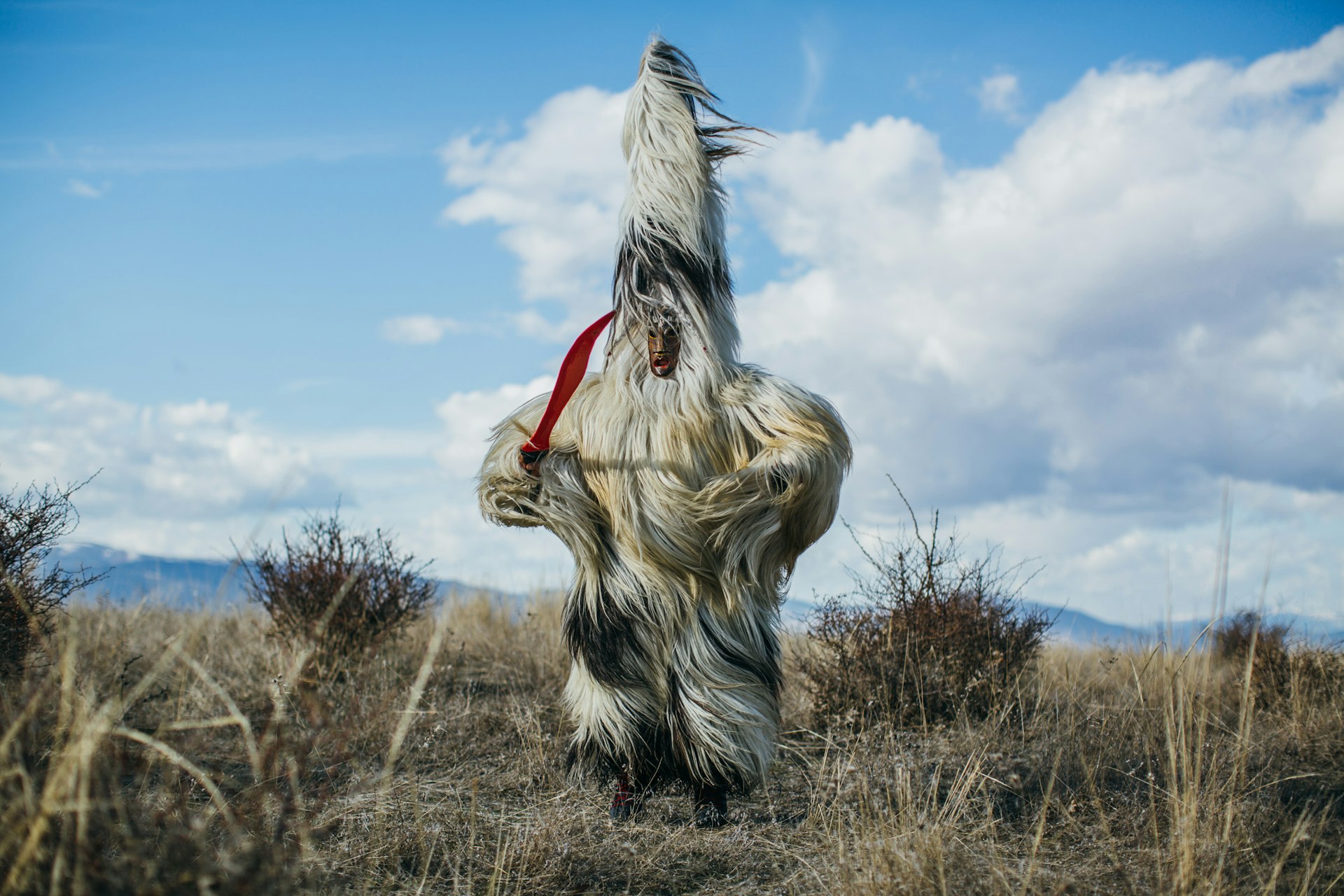
Little has changed in the hundreds of years that the practice has been carried out, having even survived the Communist regime’s uncompromising anti-religious position. “It’s thousands of years old,” Aron says. “There’s no documentation of where and when it started. It ran across the Baltic and the Alps, but Bulgarians have somehow held onto the tradition more than others.”
The rituals are practiced on different dates in different towns and villages, so Aron journeyed across the countryside, keen to capture the Kukeri ceremonies in as many guises as possible.
“It was fascinating to see diversity and difference in interpretation from region to region,” he tells me. “Some areas have costumes with really intricate beads, sequins and stitching, others are made purely from goat skins.” Some rituals take place under the cover of darkness, others on the cusp of dawn, as the costume-clad locals pass through the streets.
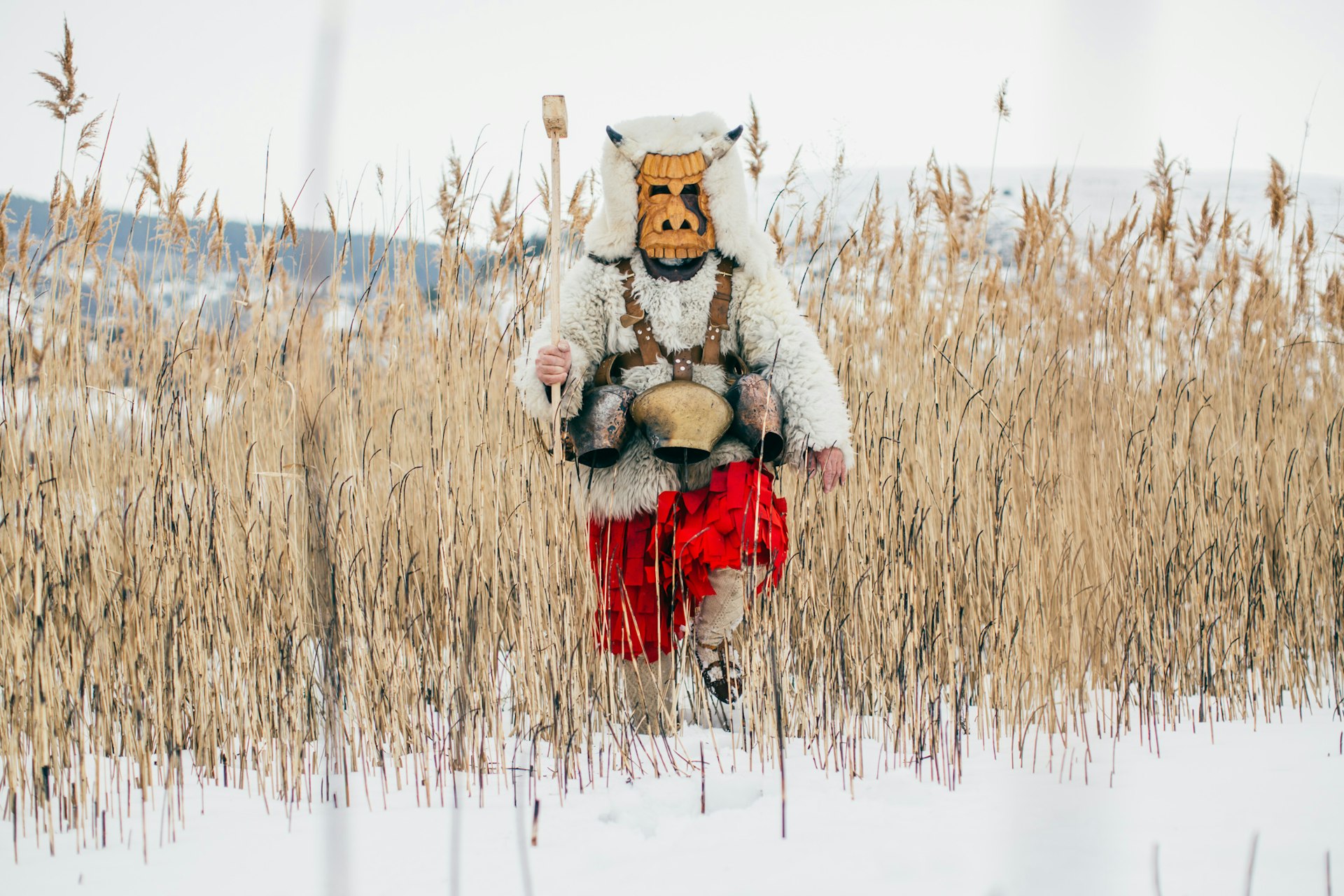

Each village has a distinct approach to what the spirits would be fearful of, although every costume Aron captured utilised cow bells for noise.
There’s also an annual celebration in the city of Pernick, to the west of the country, that Aron was invited to attend at the end of January. “Once a year all the regions come together to celebrate, and keep the traditions alive. Every village enters, there’s a parade, lots of drinking and dancing, there’s a merriment and sense of pride that permeates.”
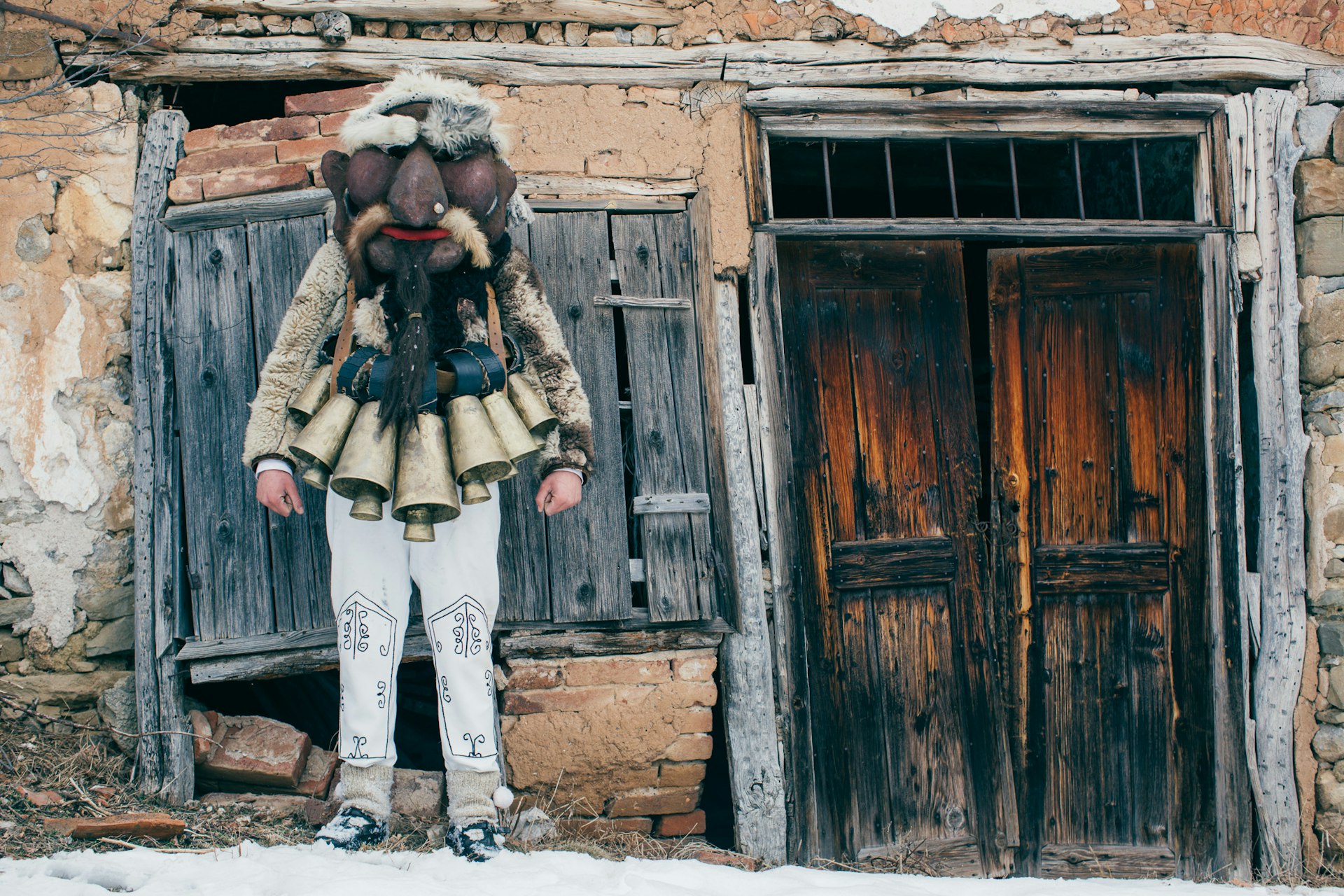

While nobody knows when exactly that Kukeri traditions started, Aron’s journey from small farming villages to old industrial communist-era towns made it obvious to him that it’ll be continuing long into the future. “From people in their 70s to young children, people of all ages are involved.”
“One guy I met who lives in New York flies back each year to take part. It’s not dying out or fading away, it’s not going anywhere.”
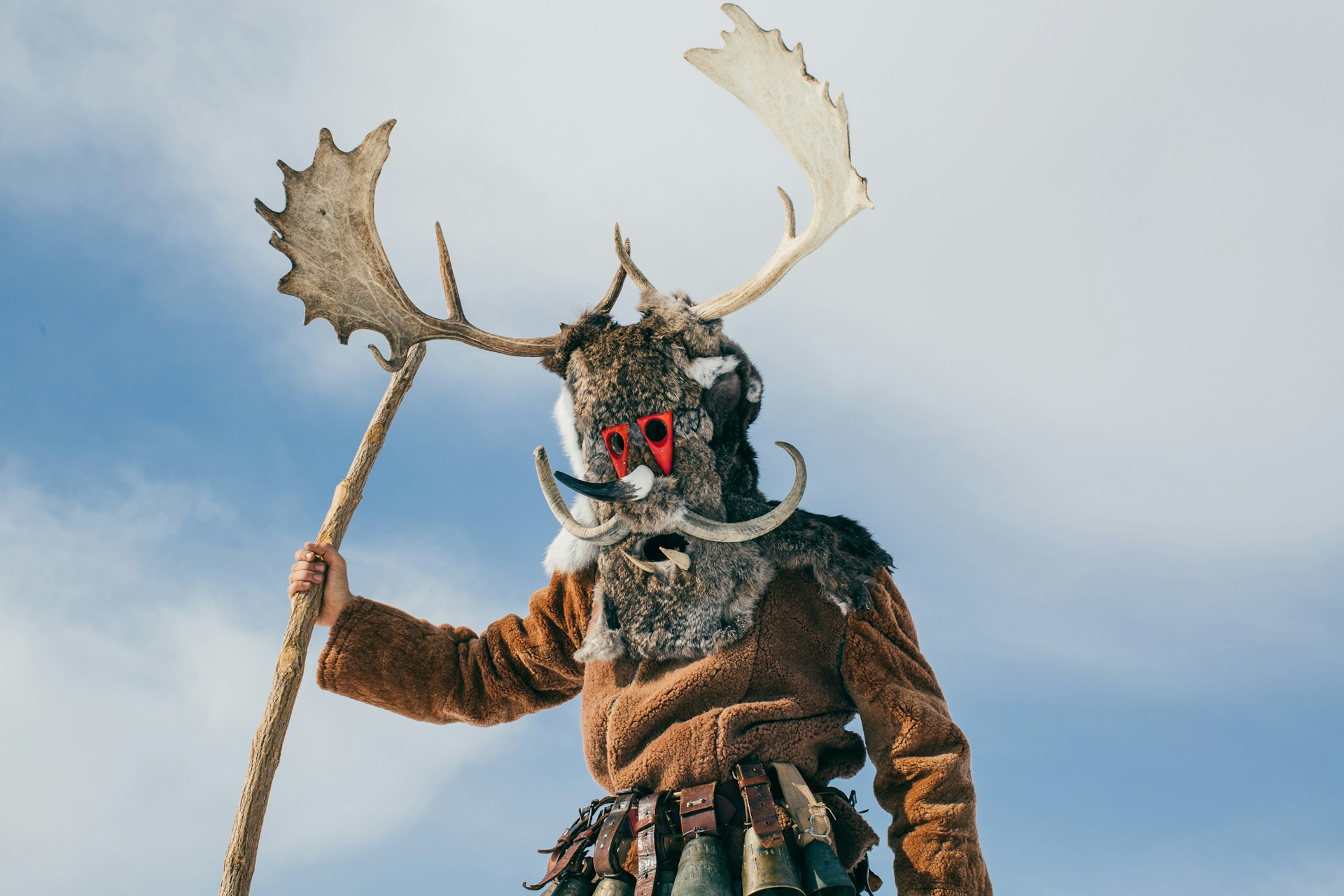
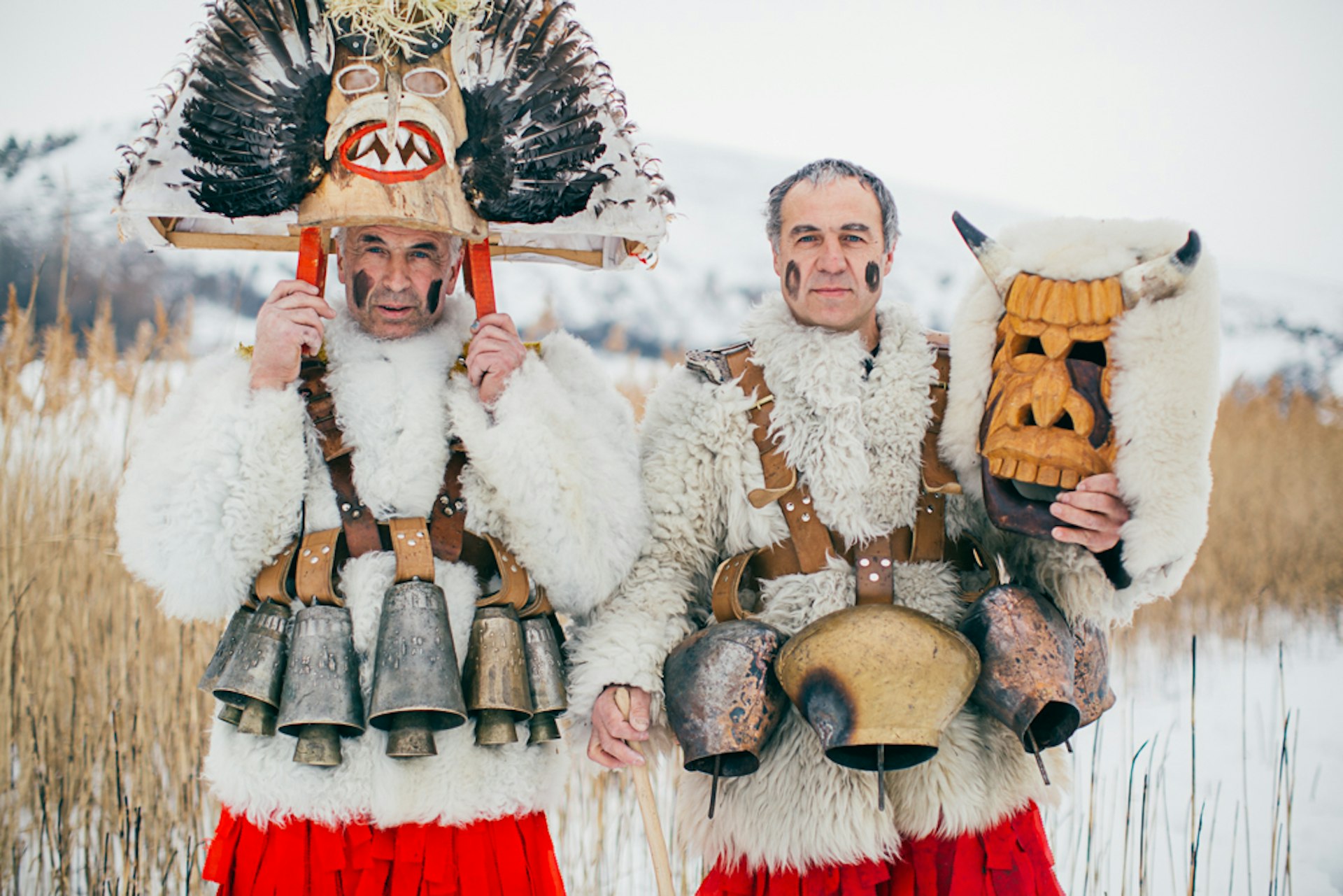
Check out more of Aron’s work on his website, and follow him on Instagram.
Enjoyed this article? Like Huck on Facebook or follow us on Twitter.
